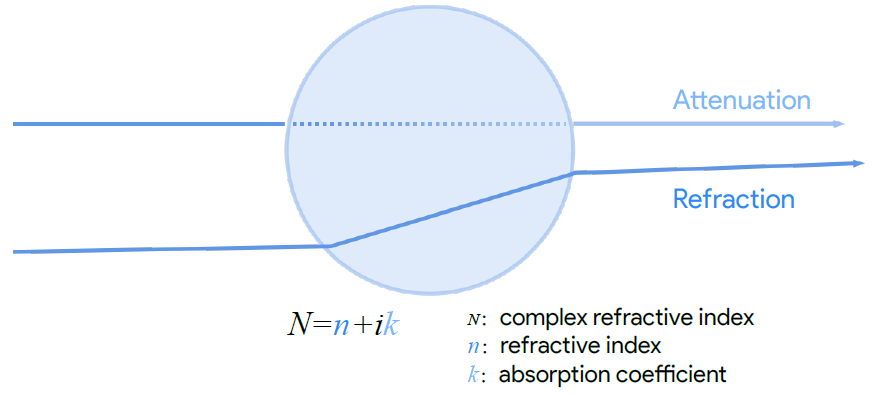What are refractive index and absorption coefficient?
2023-01-06WIKI

The refractive index describes the degree to which light rays are bent as they pass from one medium to another, such as water into glass. The refractive index can be calculated through the quotient of the light velocity in the two media. When the light travels in a vacuum and then propagates through a material, the refractive index of the material can be calculated by the ratio of the light velocity in a vacuum and in the material. In this situation, the refractive index of the material is also called the absolute refractive index.
The absorption coefficient is a measure of the light beam penetration through a material. In laser diffraction particle size analysis, when a narrow laser beam irradiates the particles, light can be absorbed when it propagates through the particles, resulting in attenuation. The attenuation degree depends on the particle material. Generally speaking, the darker the material is, the larger the absorption coefficient will be. For example, coal would have an absorption coefficient of 1.0, and glass would have a value of 0.0.
For the calculation of particle size distribution, the refractive indices of both the medium and the sample are required in addition to the absorption coefficient of the sample material. These two parameters are used in the complex refractive index, which combines a real part (the refractive index) and an imaginary part (the absorption coefficient), respectively.




